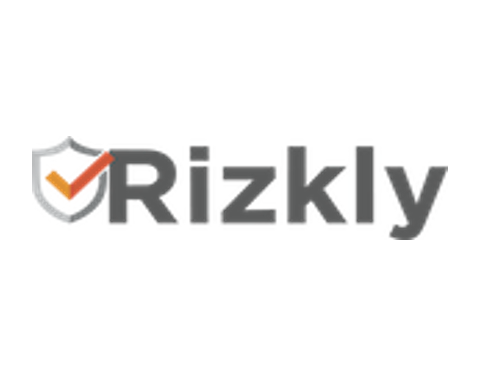The proliferation of autonomous systems and tools is changing the risk management landscape for financial services companies, according to technology leaders speaking Thursday during the Evident AI Symposium in New York.
“If you talk to your CISOs, trying to find some security vulnerability today is already somewhat of a needle in a haystack,” Al Slamecka, global financial services industry lead of cloud and AI infrastructure at Cisco, said during a livestreamed panel discussion. “We’re going to be moving to needles in tens of thousands of haystacks.”
Enterprise leaders feel certain AI agents will bring significant value to their businesses, but they also know the threat of operational disruption can’t be sidestepped or overlooked. From weakened cybersecurity postures to change management challenges, banks have a full plate.
“Agentic AI that’s implemented in a way that creates workflows and works with other agents exposes any vulnerabilities you might have in your basic risk management structures,” said Pinar Kip, EVP and CIO of international risk, governance and transformation at State Street.
Enterprises have already begun strengthening risk management efforts in response to growing AI adoption. IT leaders spent about 37% more time managing AI risks this year than in 2024, according to a OneTrust report released in September. Budgets are expanding to support the efforts as nearly all IT leaders plan to increase governance investments in the next year by an average of 24%, the report found.
Financial services businesses, in particular, have embraced AI in the workplace. New AI use cases launched by 50 of the world’s largest financial firms doubled compared with the latter half of 2024, while the number of technologists working on agentic AI grew more than tenfold, according to an Evident Insights report published in August.
“As an industry, we are very well prepared to manage risk,” said Ian Glasner, group head of emerging technology, innovation and ventures at London-based financial services firm HSBC. “Let’s not overcomplicate this. We just need to be focused on the business use case and the value associated.”
As tech leaders implement AI agents, they want to avoid shoehorning the technology into every workflow.
“There’s a tendency to say, ‘This is a really great hammer. Let’s go find all the nails around there,’ which isn’t really the point of AI,” Kip said. “There’s plenty of things that classic automation can still do that you don’t need an agent for.”














